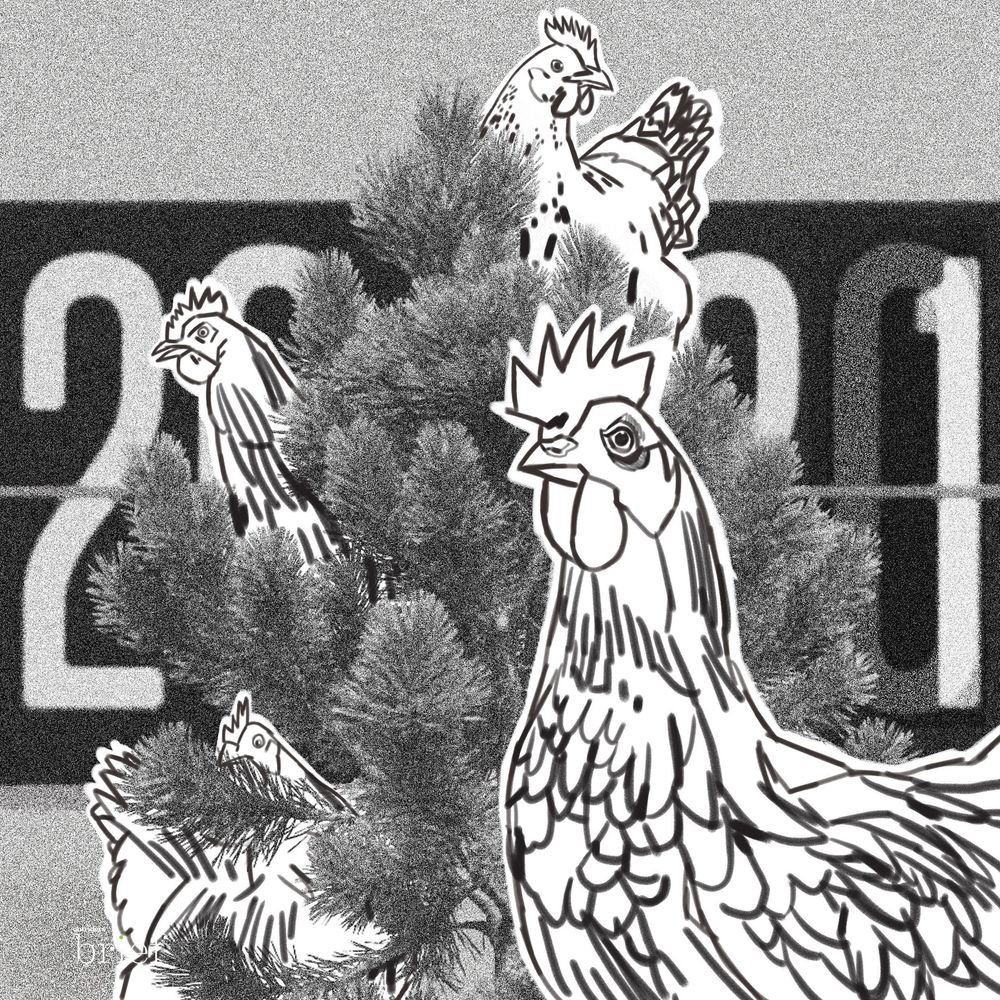Prehistoric rock paintings in Colombia and the importance of sculpting
In 2017, in the rain forest covering the Serrania de la Lindos mountain range in Columbia archeologists encountered tens of thousands of prehistoric rock paintings – a fact previously held secret. Most probably, the paintings are at least 12 500 years old, and they span almost 12 kilometers of the cliff face. Among the art are: geometric shapes, images of animals (fish, lizards, turtles, and birds), humans dancing or holding hands, figures with masks, and a significant number of handprints. There are pictures of animals long extinct and giant sloths, Ice Age horses, or the palaeolama (a kind of ancient camel).The finding will allow scientists to better understand the prehistoric plants and life of the Amazon region people during the Ice Age. Including their rituals and the ways of communication.
“Sculpture is a form of physical thinking. That’s its nature. It’s like alchemy: it works by changing a lump of clay or stone into something utterly different. Its basic premise is rather like that old saying: matter matters most. (…) Carving involves investing time into stone,” according to the artist Antony Gormley. Together with the critic Martin Gayford, they authored the book Shaping the world, where they describe the importance of sculpture and the way it shaped the world. It is one of the oldest and most important arts, and they think it was significant for humans at least since the first languages appeared.























